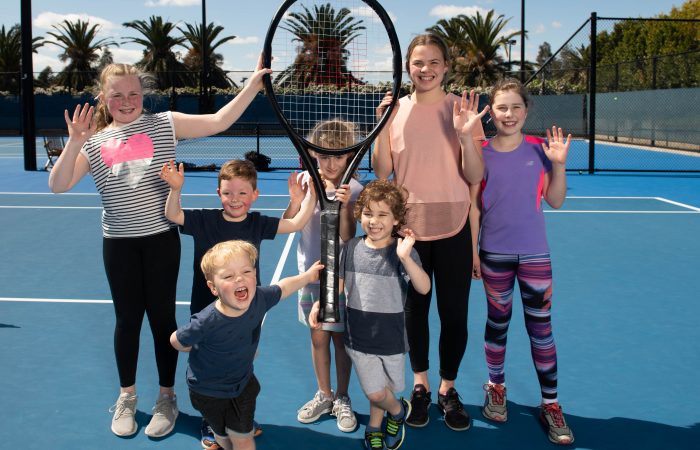
One of the most complex challenges arising from the saturation of smart phones and social media in our community is the taking of and sharing images of children. Phones are so small, making it easier to take images and harder to monitor; while images can be quickly shared to an online audience.
The purpose of this article is to touch on the issues volunteers, coaches and administrators need to consider when it comes to taking and sharing images at their club. The first of which is the law as it applies photography of people:-
- In Australia, generally speaking, there is no law restricting photography of people (including children) in public spaces as long as the images are not indecent; being used for voyeurism; protected by a court order (eg. child custody or witness protection); defamatory; being for commercial purposes
- Where a sporting event is held on a club’s private property, privately owned land, a school or council owned facilities, the owner of private property or venue is able to restrict, ban or require permission of photography anywhere in their venue
- If you have any reasonable concerns that a person is taking photographs that are indecent – you should call the police.
To assist you in navigating difficult situations Play by the Rules have developed some strategies to consider in making our sporting clubs, associations and venues a safer place for children:-
Taking images
- Clearly outline and publicise what is considered appropriate behaviour in obtaining images and what is considered appropriate image content.
- Do not allow photographers (professional photographers, spectators, fans, coaches or members of the media) unsupervised access to children.
- Ensure the coach informs any athlete and parent(s) if the coach wants to video the athlete as a tool to analyse and improve performance.
- Obtain the consent of parent /guardian and their agreement to be present before approving photo/video sessions outside the event venue or at the home of a child. Where possible, have the photo taken at the event venue.
- Provide details of who to contact within the club or organisation if concerns or complaints of inappropriate behaviour in taking images or content are raised. Ensure that the contact person understands the application of relevant legislation and policies.
- Provide members of the media and professional photographers with an identification pass to be worn for the duration of major/large events.
Sharing and displaying images
- Consider using models or illustrations for promotional / advertising purposes.
- Obtain permission from the child’s parent/guardian prior to taking the images of a child or young person. Ensure that all concerned are aware of the way in which the image is to be used and how long the image will be displayed.
- If an image is used avoid naming the child. If this is not possible avoid using both a first name and surname.
- Avoid displaying personal information such as residential address, email address or telephone numbers if images are being posted on websites or distributed in publications.
- Do not display information about hobbies, likes/dislikes, school, etc as this information has the potential to be used as grooming tools by paedophiles or other persons.
- Only use appropriate images of the child, relevant to the sport or activity, and ensure that the athlete/child is suitably clothed. Images of athletes participating in sports or activities that involve minimal clothing (e.g. swimming and gymnastics) or unusual body positions/poses could potentially be misused.
- Reduce the ability for direct copying of pictures from a website to another source (i.e. disable the ‘right mouse click’ function).
- Clearly outline in a written contract to photographers who are contracted or paid to take photos, who will retain the images taken, include arrangements made for negatives, digital file and proofs and outline any restrictions for use and sale.
- Provide details of who to contact and what to do if concerns or complaints of inappropriate image use are raised
As always please contact your Tennis Victoria representative if you would like more information or to discuss your venues Safeguarding strategy.
To put into practice the information you’ve read in this article, consider the following case study:-
You are hosting a committee meeting, at the time there is a junior competition taking place, there are people everywhere and it looks like everyone is having fun!
Halfway through your meeting, a parent enters the room and states there is a strange person in the carpark who doesn’t appear to be a parent of any of the children playing. He appears to be playing with an electronic device but no one can be certain, there are rumours he is taking photos. The parent then states her son saw the same person earlier in the day in the changeroom. You advise the parent that we will quickly discuss and try and work out what’s happening. Soon after, you find out the parent’s child lost 6-0 6-0 in a match he was clearly favourite for and a court supervisor commented that ‘something didn’t look right’.

